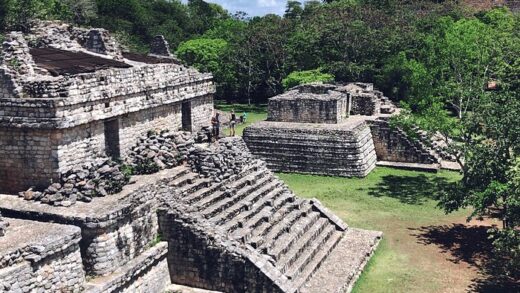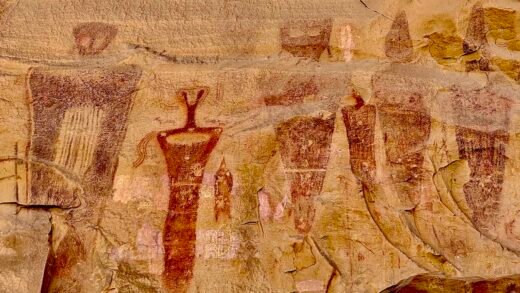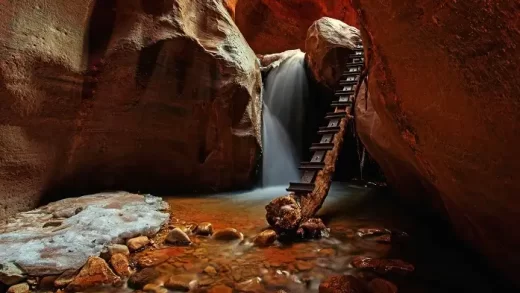Archaeologists in Peru have uncovered a remarkable 5,000-year-old ceremonial ancient temple buried beneath a sand dune, shedding new light on ancient Andean civilizations.
This significant discovery was made at the archaeological site of Sechín, located 230 miles north of Lima.
The ancient temple offers valuable insights into early Andean religious practices and social organization.
Discovery of Ancient Temple
The ancient Peruvian temple was discovered during an excavation led by Dr. Ruth Shady, an esteemed archaeologist renowned for her work on ancient Peruvian cultures.
The team uncovered a series of stone constructions, including walls adorned with intricate carvings. The carvings depict various deities, mythological creatures, and ceremonial scenes, suggesting the temple’s use for religious rituals.
Significance of the Ancient Temple
The temple is considered one of the oldest in the Americas, dating back to approximately 3000 BCE. Its discovery challenges science’s understanding of complex Andean societies in the Andes. It is believed ancient ceremonial centers date back earlier than previously thought.
The architecture of the temple, including large stone blocks and elaborate carvings, demonstrates advanced construction techniques and a high level of artistic achievement.
Religious and Social Implications
The ancient temple findings offer a glimpse into the spiritual life of early Andean people. The presence of altars, offering pits, and ritual artifacts suggests that the temple was a central place for worship and community gatherings.
The ceremonial activities likely played a crucial role in the social cohesion and identity of the ancient inhabitants.
Preservation and Future Research
Efforts are now focused on preserving the temple and its surrounding structures. The Peruvian Ministry of Culture has emphasized the importance of protecting this invaluable heritage site from environmental and human threats.
Future research will aim to uncover more about the daily lives of the people who built and used the temple, as well as their interactions with other contemporary cultures in the region.
The discovery of the 5,000-year-old ceremonial temple in Peru is a groundbreaking achievement in the field of archaeology. It not only enriches our understanding of ancient Andean civilizations but also underscores the rich cultural heritage of Peru.
As researchers continue to explore this site, we can expect to learn even more about the early development of complex societies in the Americas.


